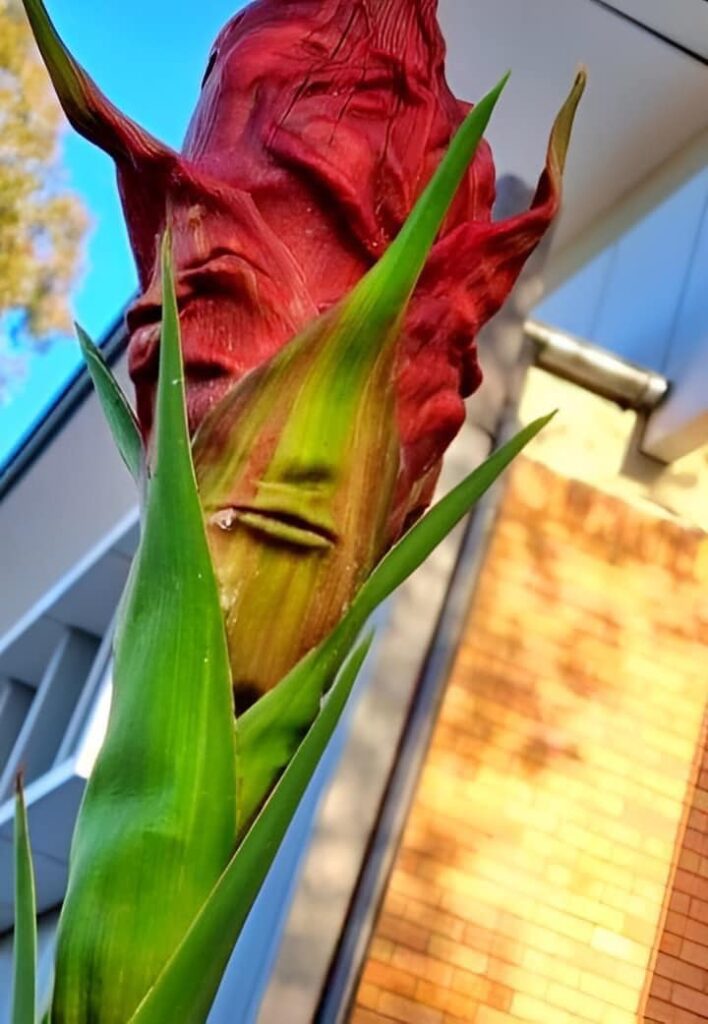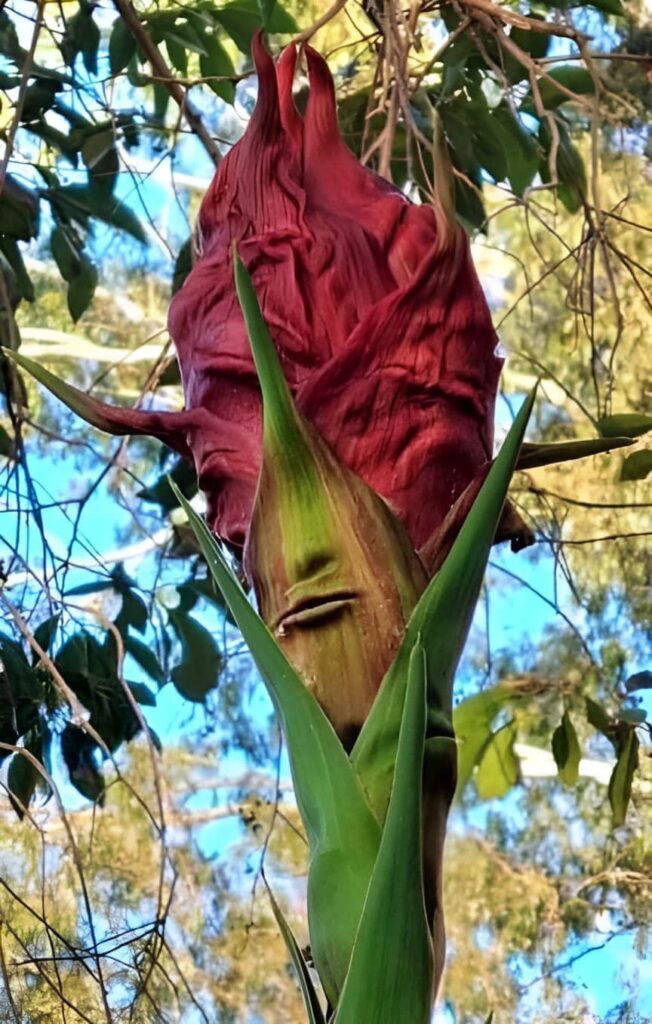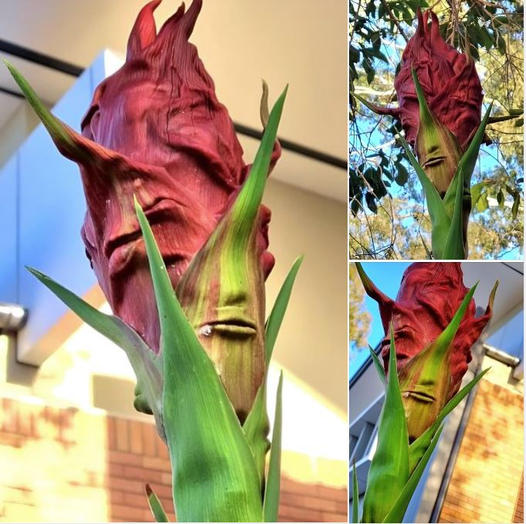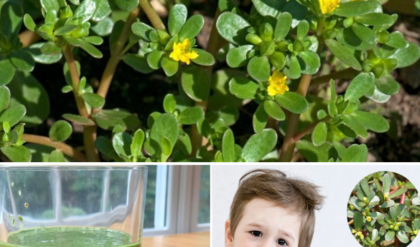When my friend sent me photos of a peculiar plant sprouting outside her workplace, I was taken aback. What I saw was nothing short of astonishing—a plant that seemed to possess the perfect features of a face: a mouth, a nose, and even eyes! It was as if nature had whimsically decided to carve a human visage into this unsuspecting flora. But how could this phenomenon occur?

This intriguing spectacle is a classic case of pareidolia—a fascinating psychological occurrence where our brains perceive familiar patterns, particularly faces, in random objects or natural formations. We are hardwired to recognize faces; hence, when we encounter shapes that bear even a faint resemblance to facial features—even in a plant—our minds eagerly fill in the blanks, crafting a face where none exists. This is why you might spot a face in the clouds, on the moon’s surface, or even on mundane items like electrical outlets.

The “face” on this plant likely emerged from a delightful combination of natural growth patterns, environmental influences, and a sprinkle of imagination. The arrangement of leaves, markings, and textures may have fortuitously aligned to create the illusion of eyes and a mouth. Factors such as shadows, lighting, and the specific angles from which the photos were taken further enhance this whimsical illusion.
It’s important to remember that plants, unlike us, do not possess facial features or expressions. What we perceive as a face is merely a coincidental arrangement of shapes and textures interpreted by our brains. This innate tendency to see faces in various objects is deeply rooted in our evolutionary history. Our ancestors relied on quickly identifying faces and emotional cues to navigate social interactions and avoid potential dangers. As a result, our brains have become remarkably adept at spotting faces—even when they are nothing more than a figment of our imagination.

While the plant’s “face” was certainly unintentional, it serves as a delightful reminder of our ability to find familiar patterns in the most unexpected places. From plants and rocks to household appliances, the world is brimming with hidden “faces” waiting to be discovered. So, the next time you stumble upon something that appears to have eyes, a nose, and a mouth, remember—it’s just your brain playfully interpreting the wonders of the world around you. Embrace the magic of pareidolia; you never know what delightful surprises nature has in store!






